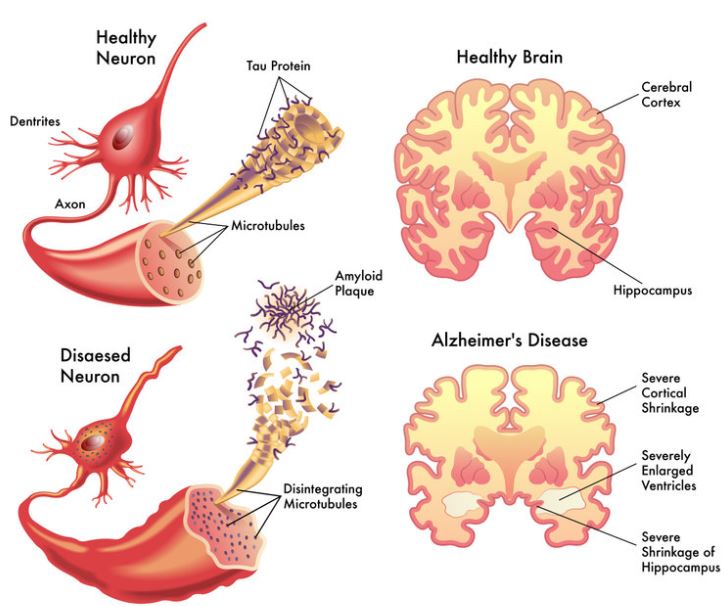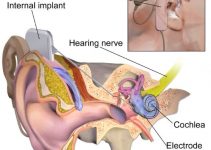Alzheimer’s disease is a silent disease that develops slowly over the years. When the first symptoms appear, the brain is already damaged. In a recent study, researchers have gained a better understanding of how the protein clusters that cause neurons to die, develop over time.

Alzheimer’s disease
In the brain of a person with Alzheimer’s disease abnormal protein aggregates form, causing neurons to die. Tau neurofilaments and amyloid plaques multiply slowly over several years before the damage they cause leads to symptoms such as dementia or loss of independence in daily life.
Read Also: Phenchol a Compound That Is Found in Basil May Be Effective against Alzheimer’s Disease
Much is still unknown about this neurodegenerative disease, which affects about 5.8 million Americans according to the CDC. The spread of protein aggregates to all brain regions is still poorly understood. An international team of researchers led by the University of Cambridge has studied the various processes that lead to Alzheimer’s disease.
The conclusion of their study is contrary to what was commonly believed in the scientific community thought. “The idea was that Alzheimer’s disease develops in the same way as many cancers: clumps form in one area and then spread throughout the brain,” says Georg Meisl, Ph.D., of the Cambridge Department of Chemistry, lead author of the study. “Instead, we found that by the time Alzheimer’s starts, aggregates are already present in different regions of the brain, so trying to stop the spread between regions won’t do much to slow the disease.”
Just like if Seeds were planted in the brain
Read Also: Alzheimer’s Disease: Too Much or Too Little Sleep Could Lead To Cognitive Decline
Together with his colleagues, Georg Meisl combined several data sets and created a mathematical model to visualize the factors that influence the development of Alzheimer’s disease. Protein aggregates can grow by incorporating new proteins and proliferate by multiplying. These two processes work together to allow aggregates to proliferate: They must first grow large enough before they can duplicate. The researchers observed that the protein aggregates are distributed like seeds over several brain areas before Alzheimer’s symptoms appear.
Read Also: A Multigenerational Study Shows a Familial Link between ADHD and Alzheimer’s Disease
Limiting their spread in the brain will therefore have little effect on the development of the disease, but limiting their multiplication may be useful. The most advanced stages of the disease (Braak stage III and higher) are characterized by local proliferation of tau protein aggregates in a specific area of the brain. This observation was made on human brain slices from 29 deceased patients.
However, this is a very slow process. The researchers estimated that it takes about 5 years for the neurofilaments of the tau protein to replicate. This is slower than in mice, an animal model often used to study Alzheimer’s disease. “Neurons are amazingly good at preventing the formation of aggregates, but we need to find ways to make them even better if we are to develop a treatment,” says Sir David Klenerman of the University of Cambridge. In short, more research needs to be done to better understand how Alzheimer’s spreads so that more effective treatments could be developed.
Read Also: Iron and Copper Deposits Found in the Brain of Alzheimer’s Patients
references
In vivo rate-determining steps of tau seed accumulation in Alzheimer’s disease
FEEDBACK:



